Over the past six posts, we’ve explored the differences between workflows and agents - from structure and behavior to risks and use cases.
Now it’s time to bring it all together.
Because while workflows and agents each serve unique roles, the future of automation isn’t about choosing one or the other. It’s about blending the strengths of both.
And that’s exactly what Snow Owl was built for.
Snow Owl: Structured Workflows + Agentic Intelligence
Snow Owl is designed around a simple belief:
The most effective systems are structured where they should be - and adaptive where they need to be.
Workflows bring:
- Reliability
- Compliance
- Clear paths and predictable results
Agents bring:
- Context-awareness
- Dynamic tool use
- Goal-directed reasoning
Snow Owl combines both, giving teams the ability to:
- Design clear, rule-based workflows
- Embed intelligent agent behavior within those flows
- Keep humans in the loop while reducing manual burden
- Maintain observability, control, and traceability at every step
Snow Owl lets you create agentic workflows - automations that think, adapt, and still follow the paths your business depends on.
Why It Matters
Most teams face two competing needs:
- Control: to ensure reliability, compliance, and transparency
- Flexibility: to adapt when data is messy, inputs change, or timing matters
Snow Owl closes that gap.
You don’t have to overengineer every edge case - or sacrifice oversight for AI-driven speed.
You get a system that:
- Knows what needs to happen
- Understands what’s happening
- Decides how to best move forward
- Tells you what it did and why
Final Thought
Automation isn’t about replacing humans. It’s about building systems that support them at scale.
With Snow Owl, you get workflows you can trust and agents that know what to do next.
It’s not either/or.
It’s both, working together.


